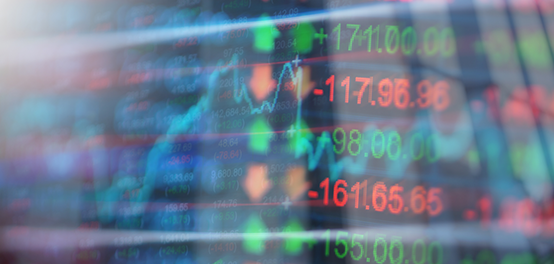
Interest Rates & Investing
On June 13, 2018, the Federal Reserve voted to raise the benchmark federal-fund rate from 1.75% to 2%, the second interest rate hike this year. This was reaffirmed at the August 1 meeting when the Federal Reserve held short-term interest rates steady and offered an upbeat assessment of the economy’s performance, suggesting another interest-rate increase is likely at its next meeting.
The moves reflect a monetary policy intended to hold rates at a “neutral level that would neither stimulate nor slow” the economy. As Federal Reserve Chairman Jerome Powell commented following the increase, “The decision you see today is another sign that the U.S. economy is in great shape. Growth is strong. Labor markets are strong. Inflation is close to target.”
So, what do the interest rate increases mean for investors? Generally speaking, there’s an inverse relationship between the market and interest rates, meaning the U.S. stock market experiences a decline following a rate increase. In fact, the Dow Jones Industrial Average closed nearly 120 points lower following the announcement (though it subsequently rose again). The market reacts to the conventional wisdom that higher interest rates make it more expensive for businesses to borrow capital needed to expand their businesses, potentially reducing earnings and causing the stock price to decrease.
From a global perspective, the interest rate increases may have an impact as well [link to: https://newsroom.cnb.com/how-do-u-s-interest-rates-affect-the-emerging-markets]. The U.S. dollar strengthened against currencies of emerging markets following the announcement, though was largely unchanged against the currencies of more developed nations. Many emerging markets depend on foreign investment. With the higher interest rates, U.S. investors may be less likely to initially invest in emerging market currencies. This in turn could lead to buying opportunities as emerging market stock prices adjust to the impact of currency prices.
Of course, interest rates are just one factor shaping the investment landscape. The potential for continued trade volatility between the U.S. and China, as well as Canada, Mexico and Europe will play out over the coming months and even years as nations react to the threat of tariffs and retaliation, existing trade agreements are potentially renegotiated and new trade agreements made.
Markets rise and fall (and rise) for myriad reasons, and nobody can predict the future. That’s why investment experts continue to recommend a strategy that includes a diversified portfolio and a focus on long-term investment goals. For additional insights, visit the Commonwealth Funds News & Insights page.